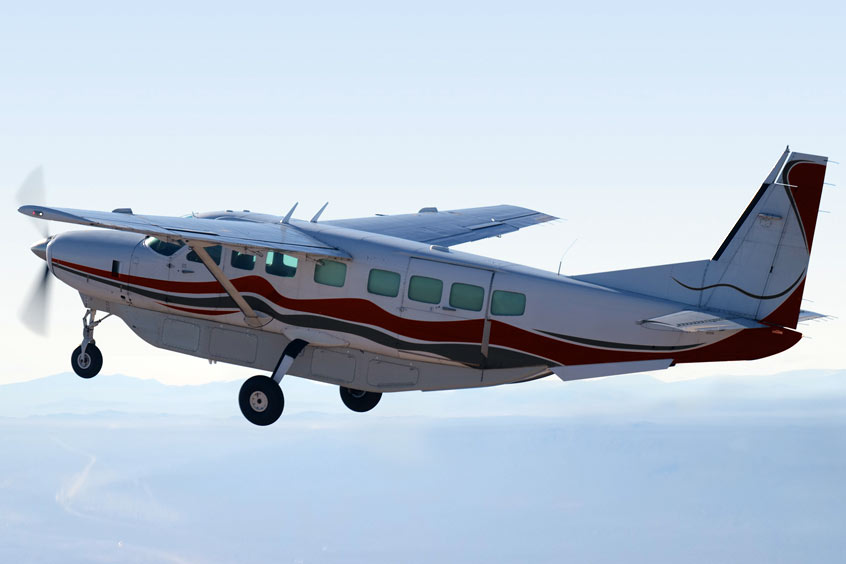Why visit ACE ’25?

Redding Aero Enterprises, a California-based operation, has placed an order with Raisbeck Engineering, a provider of performance enhancement systems for business, commercial and military aircraft located in Seattle, Washington, for 11 EPIC Caravan drag reduction systems with deliveries anticipated to begin first quarter of 2022. The order, which is subject to the system receiving STC approval, positions Redding Aero as Raisbeck's first EPIC Caravan customer.
“We are very pleased to have Redding Aero as our first EPIC Caravan customer. The aircraft that we have been flying for our certification testing has been a Redding aircraft. I think that is an important point,” states Hal Chrisman, president of Raisbeck Engineering. “Our first customer is the operator that knows the most about this modification and has seen first-hand the performance improvement the EPIC Caravan modification provides. What better endorsement can you ask for? We have just kicked off a demonstration tour across the US, and I am looking forward to a similar reception from many more customers.”
Established in 1972 and occupying over 32,000 sq ft of hangar and office space at Redding Municipal airport, Redding Aero has built a reputation with standards based on integrity, trust and service. The company is Part 135 certified and currently operates 11 Caravan 208Bs to support flight operations for overnight package carriers and medical couriers. In addition, Redding Aero provides FBO and aircraft maintenance services.
EPIC Caravan was designed to address the aerodynamic drag issues associated with the Cessna Caravan 208Bs currently flying with cargo pods. The Cessna Caravan 208B experiences a significant decrease in speed and an increase in fuel burn when equipped with the factory cargo pod. The new drag reduction system weighs in at 38 lbs. and perfectly addresses the market need to reduce drag and decrease fuel burn. The system offers operators a more cost-effective and environmentally friendly solution by reducing drag in all phases of flight while providing the option to add four to five knots cruise speed at typical cruise power settings or reduce fuel flows and lower ITT by flying the same speed. Lower ITT reduces engine maintenance cost, and the forward cargo pod fairing eliminates the need for a cargo pod de-ice boot, further reducing maintenance costs. STC approval for the new drag reduction system is anticipated mid-December.